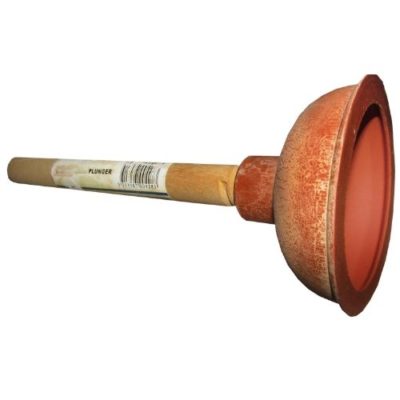
Have you ever flushed a toilet and watched in horror as the water rises to flood stage? It’s a sinking feeling. Fortunately, many toilet bowls are designed to hold a full tank of water without overflowing, provided the water in the bowl was at its normal level when you first flushed the tank. However, flush it again before the water level drops to normal, and it will overflow.
So, Rule #1 —
“never flush a second time when the water rises to the rim.” The added water will not “push” a clog down the drain! The small things we keep on the toilet tank lid are the cause of many clogged toilets. Lids for shaving cream and hair spray cans, toothbrushes, combs, small bathtub toys are small enough to enter the large hole in the bottom of the bowl, but often too large to travel through the bowl’s passageway. If you’re unable to dislodge an object trapped in the neck of the passageway, the bowl has to be replaced.
So Rule #2 —
is, “don’t lay anything smaller than a grapefruit on the toilet tank lid.” If you know what the culprit is that has caused the clogged toilet, put your hand inside a large plastic trash bag and try to retrieve the toy of whatever with your hand; a tool called a “grabber” might help. If you have a wet/dry vacuum can try to suck the problem out. Next, use a plunger alternatively exerting pressure on the downstroke and then on the pull stroke; begin cautiously and built your tempo; you can often dislodge a clog.
And don’t give up too quickly; it may take a lot of push/pulls to clear a clog. Next, try a toilet auger, a special toilet snake. But be careful, if you get too aggressive you can crack the interior of the bowl. If all the above fail, then remove the toilet to explore the underside of the bowl or the main drain.
